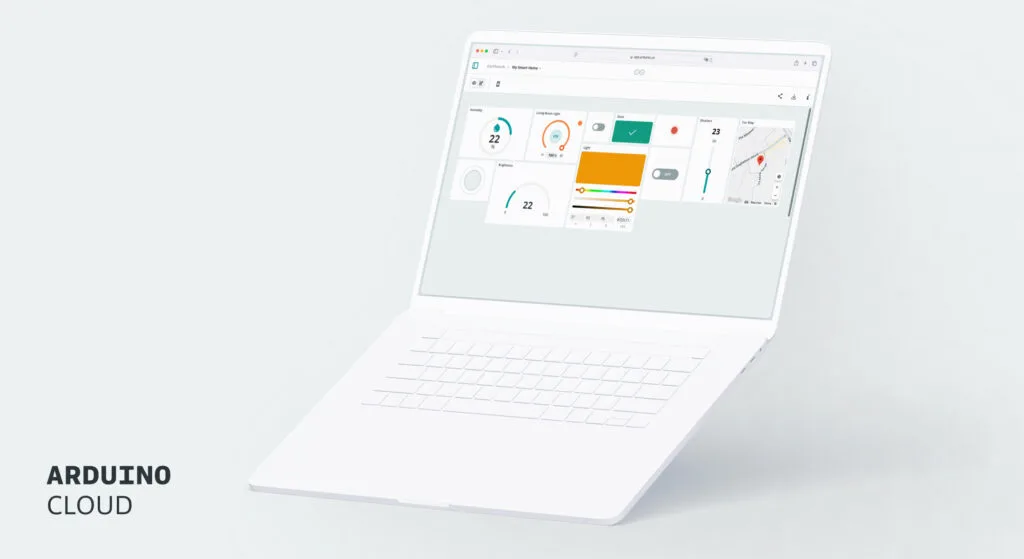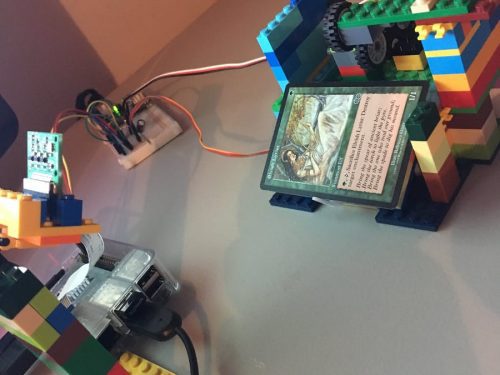Schlagwort: AWS S3
-

Export data from Arduino Cloud to AWS S3
Reading Time: 3 minutesManaging your IoT data just got a whole lot easier — Arduino Cloud, now lets you send your time series data straight to AWS S3. With this seamless connection, organizing and analyzing your data is a breeze. In case you don’t know, Arduino Cloud is a robust, integrated platform that simplifies the…
-

Magic: The Gathering card scanner with Raspberry Pi and Lego
Reading Time: 4 minutesMichael Portera‘s trading card scanner uses LEGO, servo motors, and a Raspberry Pi and Camera Module to scan Magic: The Gathering cards and look up their prices online. This is a neat and easy-to-recreate project that you can adapt for whatever your, or your younger self’s, favourite trading cards are. MTG Card…

